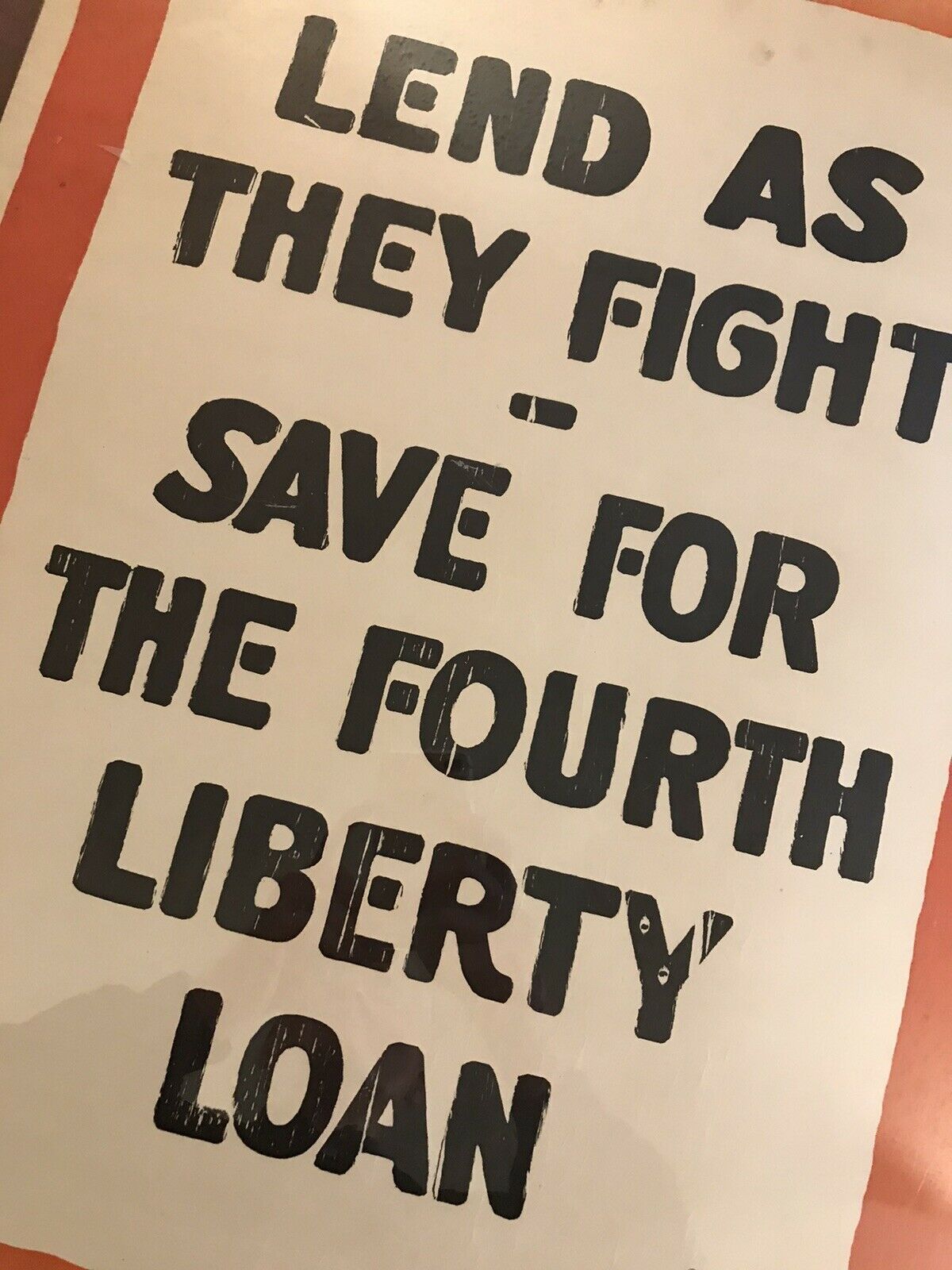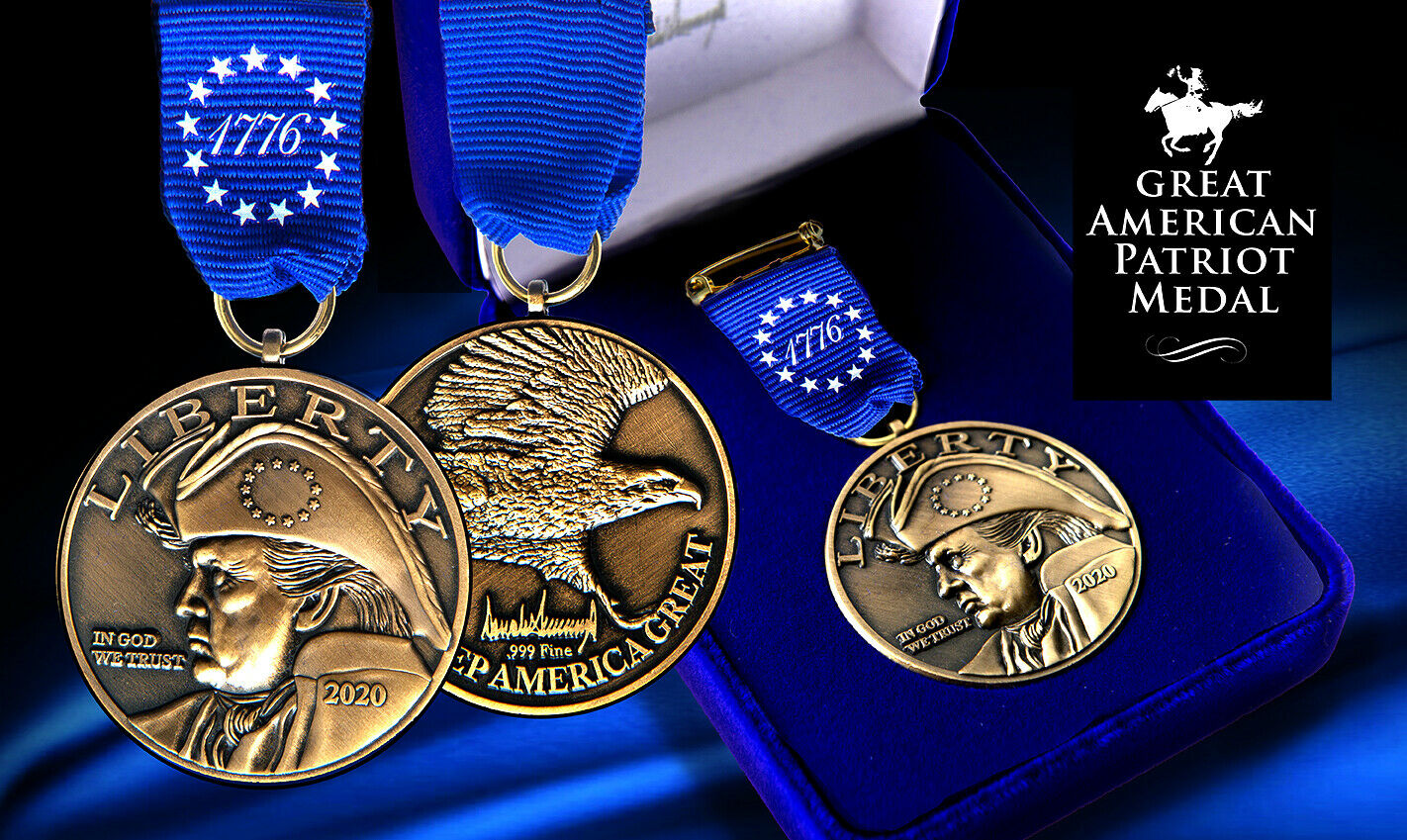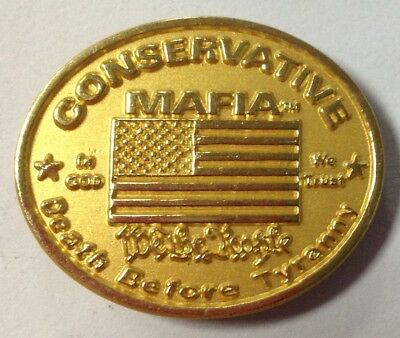-40%
WWI Poster “LEND AS THEY FIGHT - Save For The FOURTH LIBERTY LOAN” Near Mint+++
$ 42.23
- Description
- Size Guide
Description
WWI Poster “LEND AS THEY FIGHT - Save For The FOURTH LIBERTY LOAN
” Near Mint+++
ORIGINAL! Circa July 1918.
21” x 28”
Bold 2 1/4” tall BLACK TEXT in san serif caps is surrounded by a RED BORDER!
ZERO tears, stains, toning, creases, or damage. This example has been
de-acidified
and and minor edge separations
professionally restored
by a conservator formerly with the Library of Congress.
Stark, unashamed appeal to the Homefront housewives, war workers to SAVE...and BUY!
The “cost” of the war, declared April 2, 1917, to a Nation can be measured in treasure...and blood. This war...as are all...was an EXPENSIVE one!
According to the Massachusetts Historical Society, "Because the first World War cost the federal government more than billion (by way of comparison, total federal expenditures in 1913 were only 0 million), these programs became vital as a way to raise funds".
(Note: The poster has been photographed, slid inside a Mylar storage envelope. It will be shipped rolled in a HARD MAILING TUBE.)
*****
The
Fourth Liberty Loan
was part of the larger effort by the U.S. government to sell war bonds (also known as Liberty Bonds) during World War I to defray the expense of war. These bonds were issued by the
U.S. Treasury
. The
Fourth Liberty Bond Act
was passed by Congress on July 9, 1918, and the bonds began issuance in September 1918.
During World War I, the governments of belligerent countries issued bonds as a way to borrow money from its citizens in order to finance the war effort. The United States called these bonds
Liberty Bonds.
The bonds were issued four times during the war and a fifth time as a
Victory Bond
in 1919. Subscribing to the bonds became a symbol of patriotic duty. The government put on a massive sales campaign including posters, celebrity endorsements, air shows, stickers, and buttons to pressure the public into purchasing the bonds. Although individuals purchased war bonds valued between and 0, half of the total sum was sold to financial institutions. The campaigns were quite successful raising billion for the war effort.
*****
"Philadelphia Threw a WWI Parade That Gave Thousands of Onlookers the Flu:
The city sought to sell bonds to pay for the war effort, while bringing its citizens together during the infamous pandemic"
By Kenneth C. Davis
SMITHSONIAN MAG
,
(
September 21, 2018)
It was a parade like none Philadelphia had ever seen.
In the summer of 1918, as the
Great War
raged and American doughboys fell on Europe’s killing fields, the
City of Brotherly Love
organized a grand spectacle. To bolster morale and support the war effort, a procession for the ages brought together marching bands,
Boy Scouts
, women’s auxiliaries, and uniformed troops to promote Liberty Loans –government bonds issued to pay for the war. The day would be capped off with a concert led by the “March King” himself –John Philip Sousa.
When the
Fourth Liberty Loan Drive
parade stepped off on September 28, some 200,000 people jammed Broad Street, cheering wildly as the line of marchers stretched for two miles. Floats showcased the latest addition to America’s arsenal – floating biplanes built in Philadelphia’s
Navy Yard
. Brassy tunes filled the air along a route where spectators were crushed together like sardines in a can. Each time the music stopped, bond salesmen singled out war widows in the crowd, a move designed to evoke sympathy and ensure that Philadelphia met its
Liberty Loan
quota.
But aggressive
Liberty Loan
hawkers were far from the greatest threat that day. Lurking among the multitudes was an invisible peril known as influenza—and it loves crowds. Philadelphians were exposed en masse to a lethal contagion widely called “
Spanish Flu,”
a misnomer created earlier in 1918 when the first published reports of a mysterious epidemic emerged from a wire service in Madrid.
For Philadelphia, the fallout was swift and deadly. Two days after the parade, the city’s public health director Wilmer Krusen, issued a grim pronouncement: “The epidemic is now present in the civilian population and is assuming the type found in naval stations and cantonments [army camps].”
Within 72 hours of the parade, every bed in Philadelphia’s 31 hospitals was filled. In the week ending October 5, some 2,600 people in Philadelphia had died from the flu or its complications. A week later, that number rose to more than 4,500. With many of the city’s health professionals pressed into military service, Philadelphia was unprepared for this deluge of death.
*****
"Default of the Fourth Liberty Bond"
Liberty bond redemption letter 1922:
The first three
Liberty bonds
, and the
Victory Loan
, were retired during the course of the 1920s. However, because the terms of the bonds allowed them to be traded for the later bonds which had superior terms, most of the debt from the first, second, and third
Liberty Bonds
was rolled into the fourth issue.
The
Fourth Liberty Bond
had the following terms:
Date of Bond: October 24, 1918
Coupon Rate: 4.25%
Callable Starting: October 15, 1933
Maturity Date: October 15, 1938
Amount Originally Tendered: billion
Amount Sold: billion
The terms of the bond included: "The principal and interest hereof are payable in United States gold coin of the present standard of value." This type of "gold clause" was common in both public and private contracts of the time, and was intended to guarantee that bond-holders would not be harmed by a devaluation of the currency.
However, when the
US Treasury
called the fourth bond on April 15, 1934, it defaulted on this term by refusing to redeem the bond in gold, and neither did it account for the devaluation of the dollar from .67 per troy ounce of gold (the 1918 standard of value) to per ounce. The 21 million bond holders therefore lost 139 million troy ounces of gold, or approximately 41% of the bond's principa This was the equivalent of .866 billion (in 1918 dollars), or approximately 0 billion at the 2012 price of 00 per ounce.
The legal basis for the refusal of the
US Treasury
to redeem in gold was the gold clause resolution (
Pub. Res. 73–10)
, dated June 5, 1933.[21] The
Supreme Court
later held this to be unconstitutional under section 4 of the
Fourteenth Amendment:
"We conclude that the Joint Resolution of June 5, 1933, insofar as it attempted to override the obligation created by the bond in suit, went beyond the congressional power."
— Chief Justice Charles Evans Hughes,
Perry v. United States, 294 U.S. 330, 354 (1935)
However, due to President Franklin D. Roosevelt's elimination of the open gold market with the signing of
Executive Order 610
2 on April 5, 1933, the Court ruled that the bond-holders' loss was unquantifiable, and that to repay them in dollars according to the 1918 standard of value would be an "unjustified enrichment". The ruling therefore had little practical effect

















